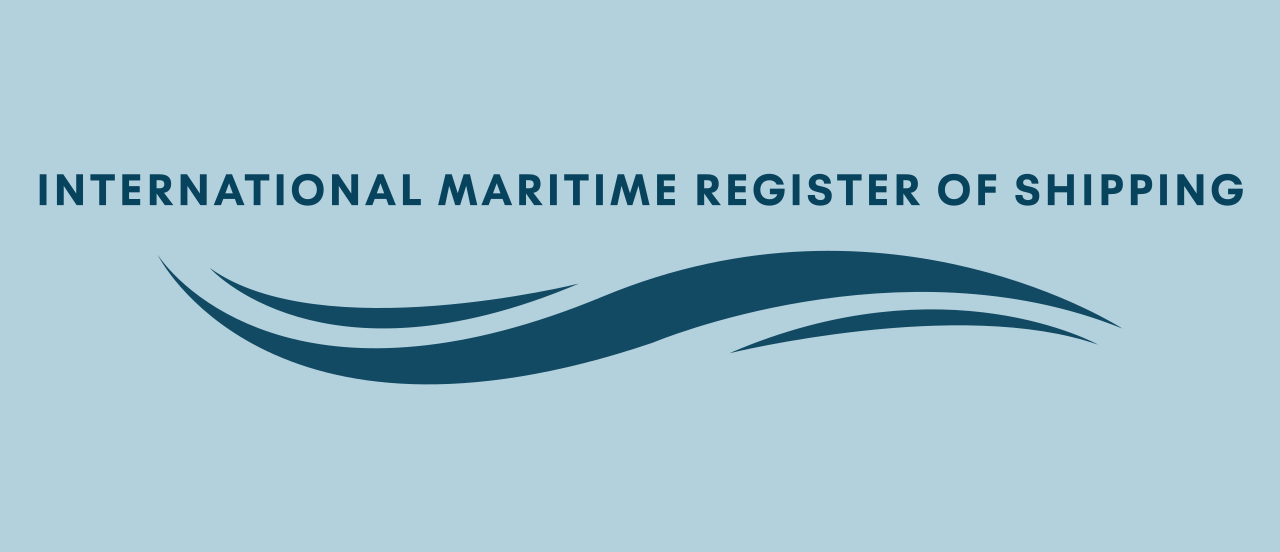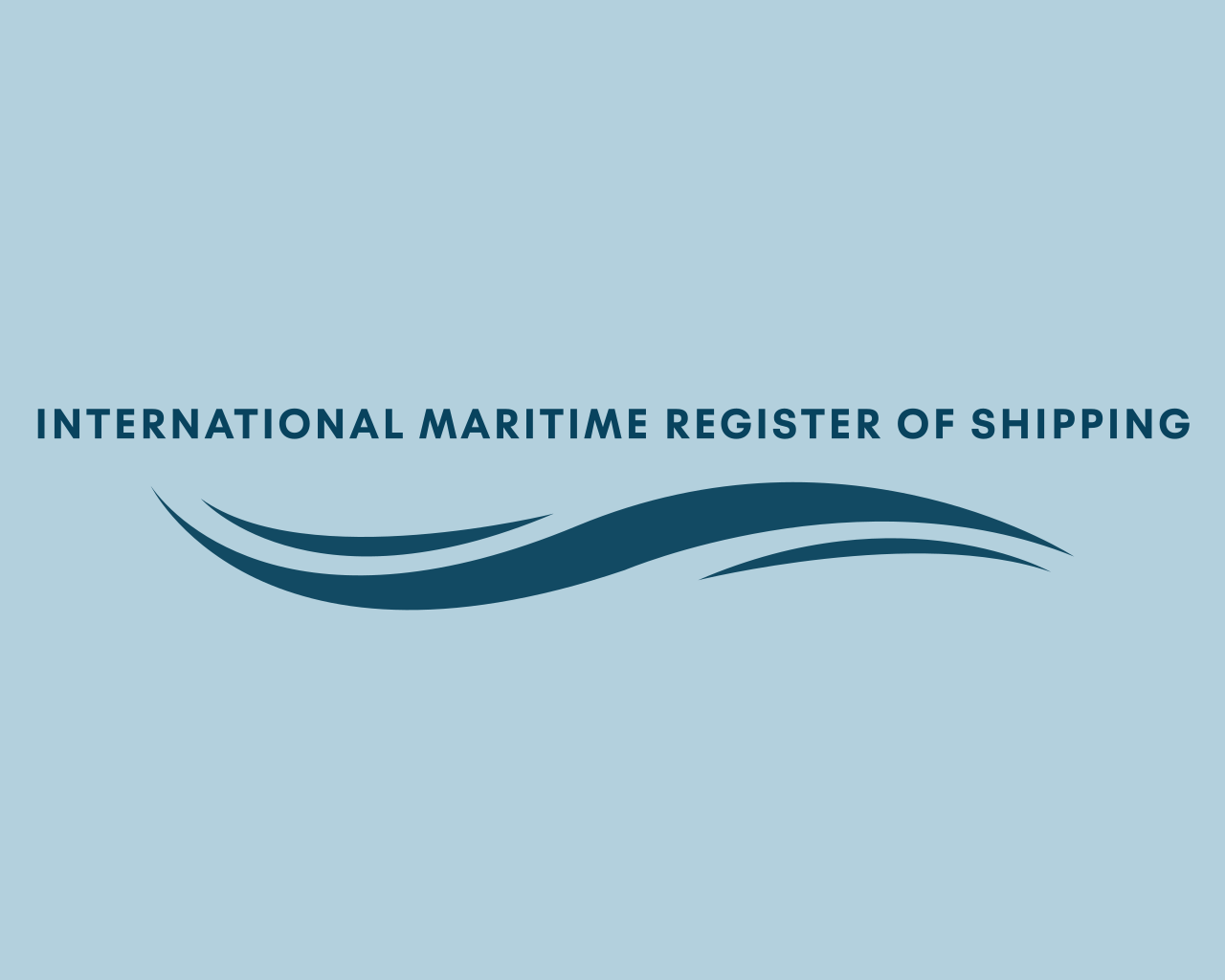Cargo securing manual
Statutory
A Cargo Securing Manual (CSM) is a crucial document that provides guidelines and procedures for the safe stowage and securing of cargo onboard ships. It is designed to ensure that cargo is properly secured to prevent shifting, sliding, or collapsing during transportation, thereby minimizing the risk of accidents, injuries, and damage to the vessel and its cargo. Here’s a comprehensive overview of the Cargo Securing Manual:
Purpose:
- The primary purpose of the Cargo Securing Manual (CSM) is to establish standardized procedures and best practices for the safe stowage, lashing, and securing of cargo onboard ships.
- The manual provides guidance to ship’s officers, crew members, and stevedores involved in cargo operations to ensure that cargo is adequately secured in compliance with international regulations and industry standards.
Content:
- The Cargo Securing Manual typically includes the following information:
- General principles and requirements for cargo securing, including the importance of proper weight distribution, securing methods, and compatibility between cargo items.
- Specific guidance on the stowage and securing of different types of cargo, such as containers, bulk cargo, breakbulk cargo, and vehicles, taking into account their size, weight, and characteristics.
- Details of approved lashing equipment, including types of lashings, chains, wires, and other securing devices, along with their safe working load limits and usage instructions.
- Procedures for conducting pre-voyage inspections, risk assessments, and cargo securing checks to ensure compliance with the manual’s requirements.
- Emergency procedures for responding to incidents such as cargo shifting, loss overboard, or structural failure during transit.
- The Cargo Securing Manual typically includes the following information:
Regulations and Compliance:
- The Cargo Securing Manual is required by international regulations, particularly under the International Maritime Organization (IMO) and the International Convention for the Safety of Life at Sea (SOLAS).
- SOLAS Chapter VI – Carriage of Cargoes requires ships to have a Cargo Securing Manual onboard and to ensure that cargo is properly stowed and secured in accordance with the manual’s instructions.
Preparation and Approval:
- The Cargo Securing Manual is prepared by the shipowner or operator in collaboration with naval architects, cargo securing experts, and classification societies.
- The manual is subject to approval by the flag state’s maritime administration or recognized classification societies to ensure compliance with regulatory requirements and industry standards.
Training and Implementation:
- Ship’s officers and crew members are trained in the use of the Cargo Securing Manual during onboard familiarization and safety training sessions.
- The procedures outlined in the manual are implemented during cargo loading, stowage, and discharge operations, with regular monitoring and inspections to ensure compliance.
In summary, the Cargo Securing Manual (CSM) is a critical document that provides essential guidance and procedures for the safe stowage and securing of cargo onboard ships. By ensuring compliance with international regulations and industry best practices, the manual contributes to the safety of maritime transportation and the protection of lives, property, and the environment.

